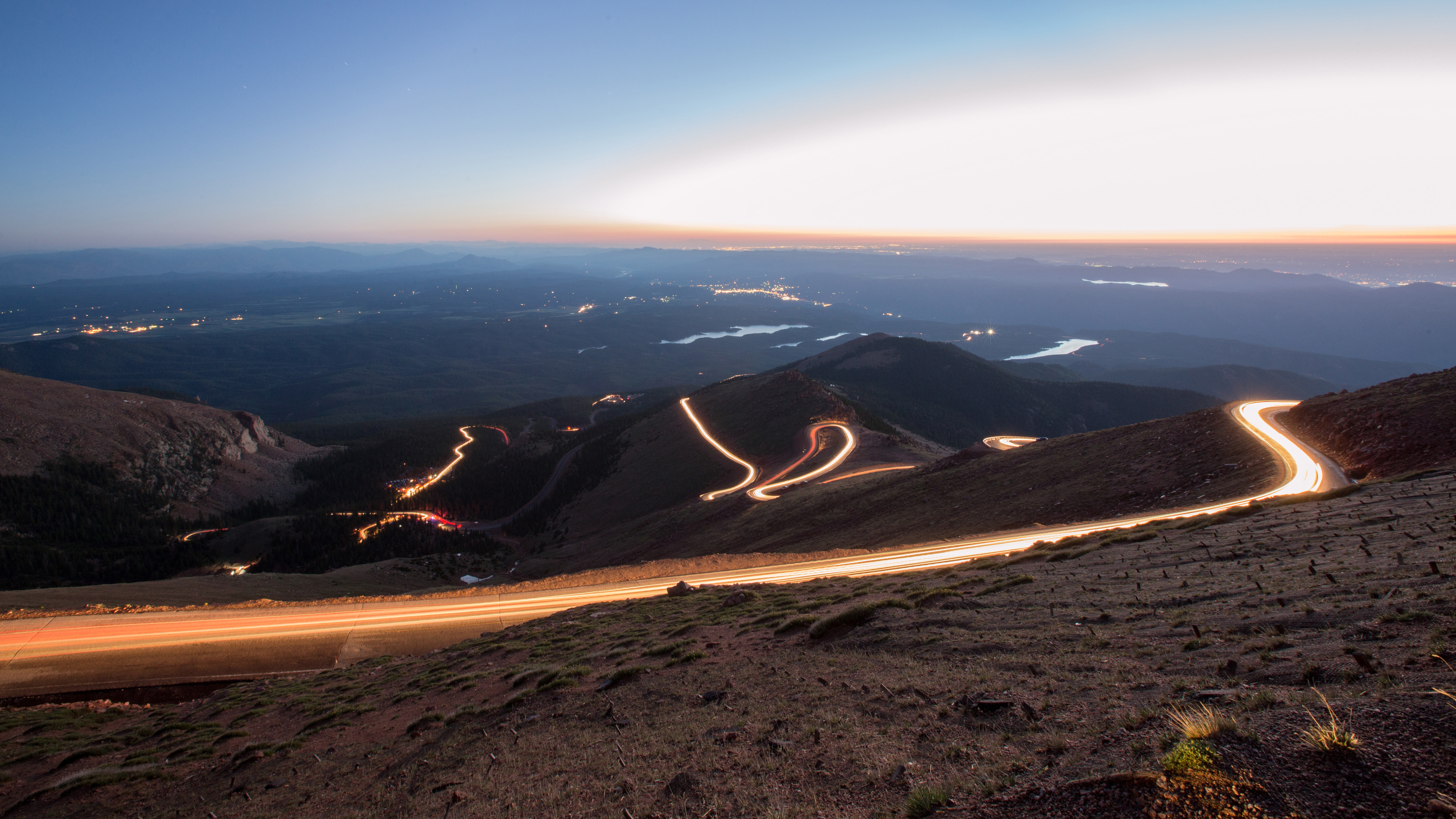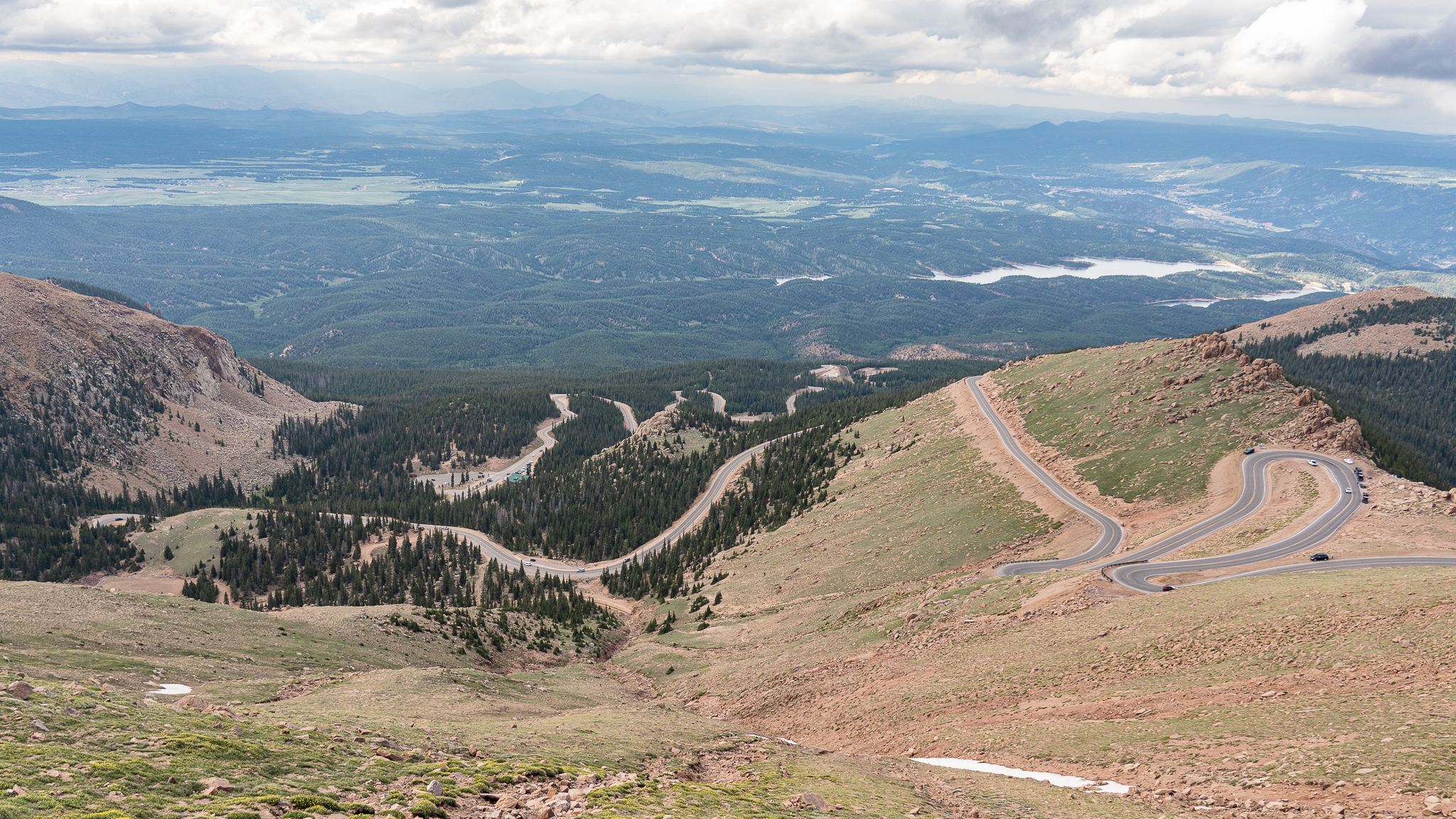
Tanner Foust: ‘paving Pikes Peak opened up the competition’
Fans complained when PP famously tarmacked the climb, but TF reckons it’s for the better
Emblazoned in bold at the bottom of a page on its website sits the declaration that “the PPIHC places great value in the rich tradition and history that comes with being the second oldest motorsports event in the Western Hemisphere and was not in favour of the paving of the dirt racing surface that had been used since the first race in 1916”.
That ‘paving of the dirt racing surface’, which began in 2002 and was completed weeks after the 2011 Pikes Peak International Hill Climb, came about because of a lawsuit filed by the Pikes Peak chapter of the Sierra Club way back in 1998, on account of gravel pollution violating America's Clean Water Act; pollution caused by the 13 miles of unpaved road.
After a back and forth between them and the City of Colorado Springs and the National Forest Service, the CoCS was ordered to remedy the problem, and the only way was to pave it all over. The organisers of the PPIHC made their feelings clear, as did fans of the annual ‘race to the clouds’, arguably the most famous hill climb in the world and the US’s second oldest race behind the Indy 500.
Why the drudging up decades-old history? Radford recently revealed a wild, bewinged ‘version’ of its Type 62-2 which will race Pikes Peak in 2023, piloted by Tanner Foust. And Tanner Foust reckons paving over the road actually benefitted the future of the competition.
“I think a lot of the die-hard fans did prefer the old gravel,” he told TopGear.com, “but the course was just never the same year after year. In fact, if a team was coming for a record run, a lot of the time they would treat the road throughout the spring to make sure it had more grip by the time you got to the race in the summer.
“And so that aspect which may not have been very fair for competition has gone away,” he added. More so, he reckons that paving the famous 13-mile stretch has actually opened up the competition to a broader field.
“You still have off-road cars hitting it, but all of these ‘GT’ cars – like the GT4 Cayman – would never have done that spec series on the gravel road. It opens the door for more entries. It’s kept the race alive in a lot of ways,” he said.
Saying that, he does have fond memories of its purely-gravel days. “There was something special about big, giant Scandi flicks into every corner and shooting rooster tails off the cliffs,” he laughs. “I do miss that bit.”
And it’s still a special race. “The first time you do Pikes Peak, it’s always you against the mountain – you don’t even think about the competition,” he said. “Just getting to the freaking top of this hill is a challenge, nursing the car there, not jumping off a cliff… a lot of things run through your mind.”
He recalls his very first time, running a Wells Coyote built specifically for the mountain. “It was an alcohol-burning sprint car with 800bhp that weighed 800kg, but with a three-speed transmission. It ran on drag racing slicks that they glued tread on, and you just had to hang on for dear life.
Looking for more from the USA?
Top Gear
Newsletter
Thank you for subscribing to our newsletter. Look out for your regular round-up of news, reviews and offers in your inbox.
Get all the latest news, reviews and exclusives, direct to your inbox.
“It was all dirt then – now it’s all paved, which has opened the door for cars like the Radford.”
Trending this week
- Car Review
BMW iX3










